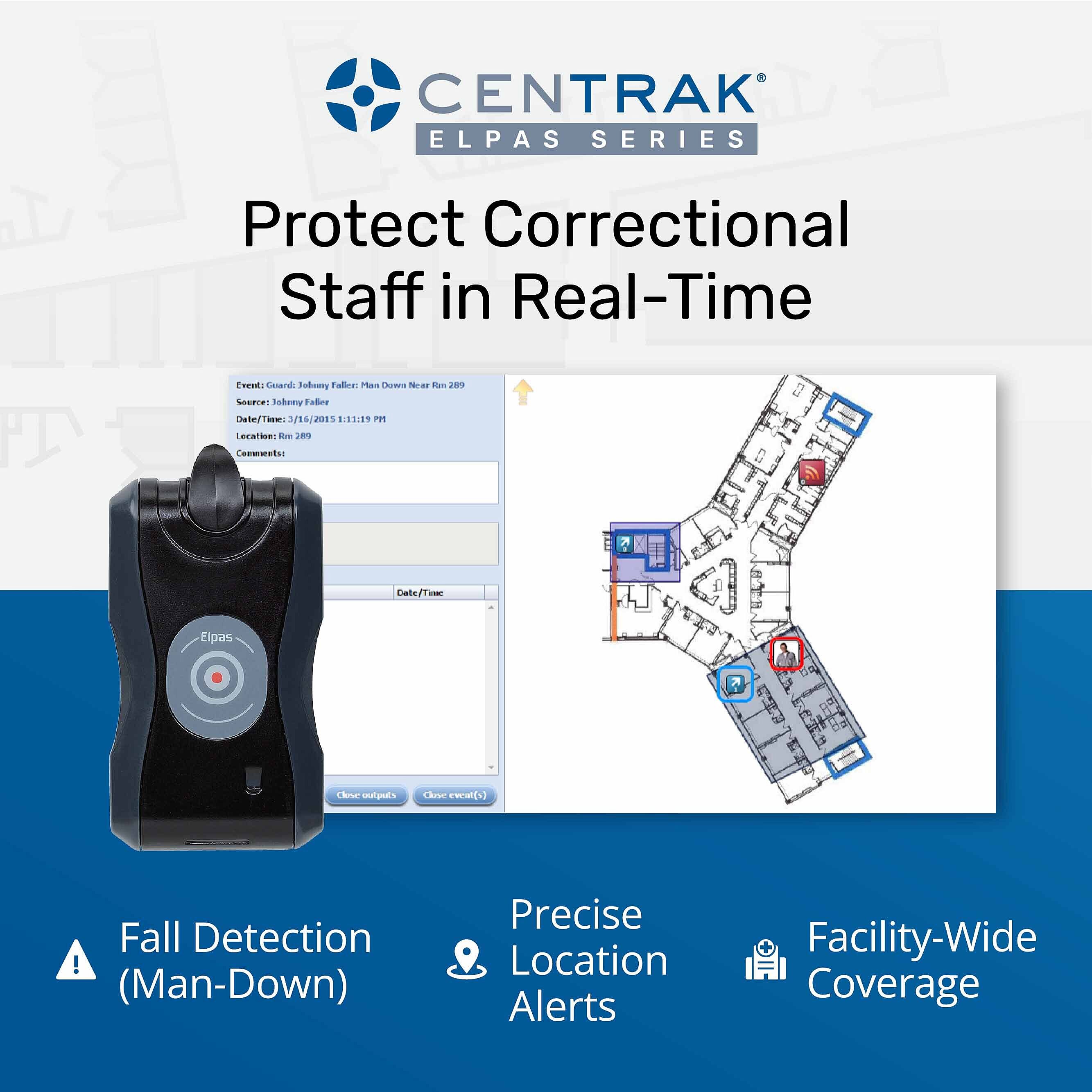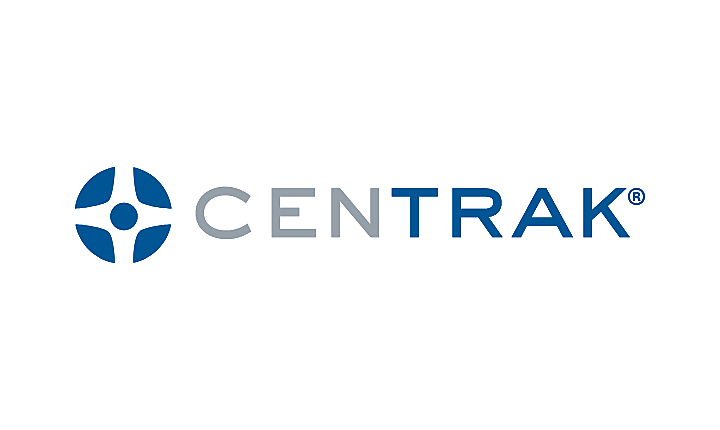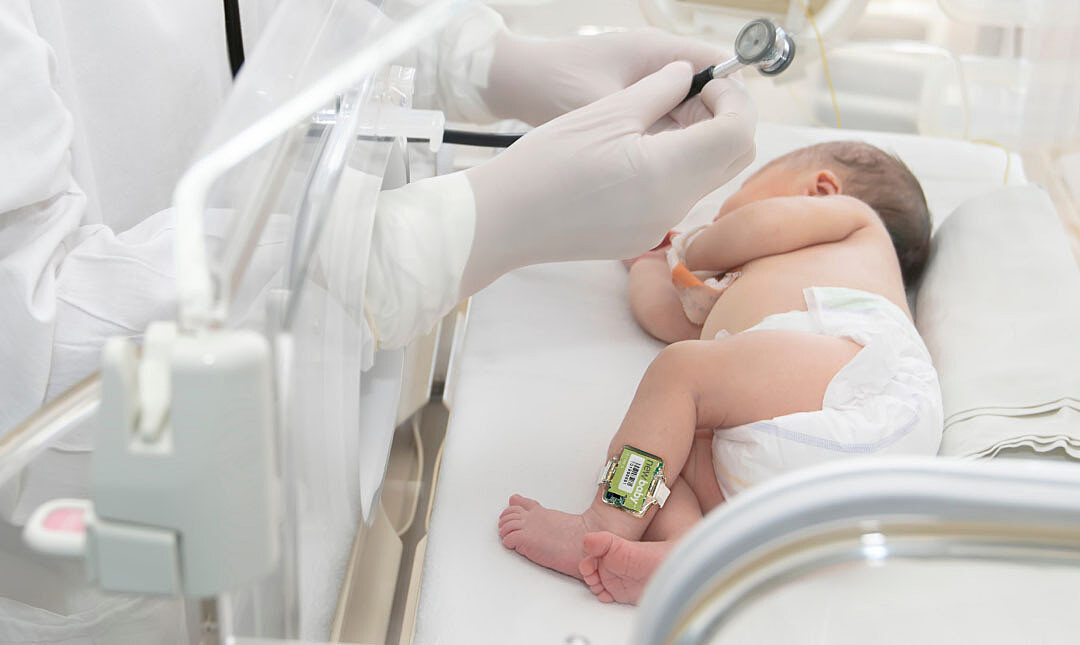Difference Between RTLS and RFID Tracking

It is common to hear people in the healthcare industry use the terms Radio Frequency Identification (RFID) and Real-Time Location Systems (RTLS) interchangeably. While RTLS and RFID solutions are both classified as location-based services, the two differ.
To better understand these systems, let’s look at RTLS and RFID and their differences.
CenTrak is reinventing the standard of healthcare delivery with our RTLS technology.
What Is RFID Tracking?
RFID is defined as the wireless use of electromagnetic fields to transfer data. Signal transmission occurs between two or more communication devices (i.e., a reader and a tag) to locate objects or people. There are three main types of RFID technologies to consider— active, passive, and battery-assisted passive. Passive RFID technology works only in proximity to specialized RFID readers, providing a "point-in-time" location.
For example, think of a retail environment where the reader sends a radio signal to a tagged item of clothing, and an alarm is triggered only when the tag is sensed close to the designated choke point. With active-RFID, you have tags that send out the signal to a reader every few seconds, similar to a cell phone and a tower. Trilateration software or other methods are then used to calculate the tagged object’s position.
Different Types of RFID Tracking
RFID systems come in three different types, including:
- Active RFID: Active RFID systems are equipped with a transmitter and power source, usually in the form of a battery. These tags can transmit their own signal to a reader. Additionally, active tags can either be a transponder or beacon. A transponder only sends data when it receives a radio signal from a reader, while beacons transmit data continuously at pre-set intervals.
- Passive RFID: Unlike active RFID tags, passive systems use electromagnetic energy transmitted by the reader instead of a power source. The system works through a reader and antenna, sending signals to the tag to power it, and the tag reflects the energy back to the reader. Due to their transmission method, passive RFID tags have a limited range of only a few feet.
- Battery-assisted passive RFID: A battery-assisted passive RFID combines the configuration of a passive system with the crucial aspect of an active tag — a power source. The embedded battery enables the tags to transmit data over greater distances with quicker response times.
What Is RTLS Tracking?
RTLS are solutions that automatically identify and track the location of an asset, individual, or other object at all times as it moves through a confined area, such as a healthcare facility. These systems consist of various tags and badges, platforms, network appliances, and other components like servers, middleware, and end-user software.
RTLS in healthcare typically works through a global wireless network of location infrastructure and active RFID sensors and tags that are attached to patients, staff, or equipment. It follows movements, locates whereabouts, and determines the end destination, all in real time. These systems can also help find a misplaced asset or wandering patient, making them vital for improving efficiency.
Different Types of RTLS Tracking
There are various locating architectures for RTLS such as legacy infrared (IR), Second Generation Infrared (Gen2IR™), Ultrasound, Low-Frequency RF, Bluetooth Low Energy (BLE), Wi-Fi, ZigBee, and Ultra Wideband (UWB). Depending on the technology platform chosen, the system locates the tags within varying degrees of granularity and reliability.
- Estimated Location: Estimated location often relies on the trilateration of sensor readings to identify an object’s location within a reasonable proximity. For example, with Radio Frequency (RF) based technologies like Wi-Fi, it can be difficult to determine if an object is on one side of a wall or another as RF signals have the ability to penetrate floors and walls.
- Selective Certainty: By adding supplemental location infrastructure components to rooms or other important locations, precise location granularity can be achieved in select areas. This is often achieved through technologies like Infrared, whereby the invisible light signals are constrained within the room.
- Clinical Grade: A clinical-grade network leverages technologies that support sub-room level accuracy as well as immediate and reliable communication and update speeds. In this case, not only is location known, but key measures of performance can be tracked, processes can be streamlined, and predictive tools can be employed.
The RTLS platform that can deliver the best locating solution is a “multi-mode” approach that captures the strengths of complementary technologies and eliminates the individual solution weaknesses that create gaps in service reliability. CenTrak networks specifically combine Gen2IR (a patented technology that does not face the same line-of-sight constraints as legacy IR), active-RFID, Wi-Fi, and BLE in order to deliver the levels of precision and flexibility that are unachievable by any single technology. This RTLS solution provides the “certainty-based” location accuracy, reliability, speed, and safety required to generate clinically meaningful visibility and awareness in critical areas, while controlling costs and providing estimated location where only general visibility is needed.
RTLS vs. RFID: What Is the Difference?
The term RTLS emerged in 1998 and was used to describe and differentiate newer technology that went beyond the automatic identification capabilities and “last-seen” technology of traditional RFID systems. While Real-Time Location Systems often leverage active RFID tags and badges, and both provide location-based services, each solution works differently. Here are the main differences between RTLS and RFID tracking:
Tracking Capabilities
One of the main differences between RTLS and RFID solutions is the tracking capabilities. RTLS offers the advantage of continuously monitoring movements and the precise locating of tagged people or objects in real time. RFID solutions only track assets close to their readers, collecting point-in-time visibility or a last-seen data point.
Range
RTLS solutions usually cover a greater range than RFID. Since RFID systems use radio frequencies and require a clear line of sight for tracking, the tags locate assets in close proximity, unlike RTLS, which can track across the entire hospital via a global network.
Accuracy
Certain RTLS systems can provide certainty-based location accuracy, with precise and continuous updates in real-time. On the other hand, the location accuracy of RFID begins to decrease the further the tagged person or item is from the reader. RFID systems are also more sensitive to signal interference.
Purpose
RFID solutions are excellent for tracking movements such as entering and exiting a building or taking an accurate inventory count. RTLS tracking is useful for time-sensitive locating needs by providing accurate and precise location data. In a healthcare facility, RTLS tracking can help locate staff and patients quickly, improving workflow, efficiency, and quality of care.
Choose the Right Solution for Your Needs
Tracking solutions are beneficial in numerous applications and have proven to be indispensable for efficiency in healthcare settings. In an environment where multiple occurrences happen simultaneously, it is best to have a system that helps manage all essential components. CenTrak is dedicated to helping you optimize efficiency and increase patient and staff satisfaction through leading RTLS technology.
Learn more about our various solutions and request a demo today.






